Blog
What is Current and Amps? – Electricity Basics
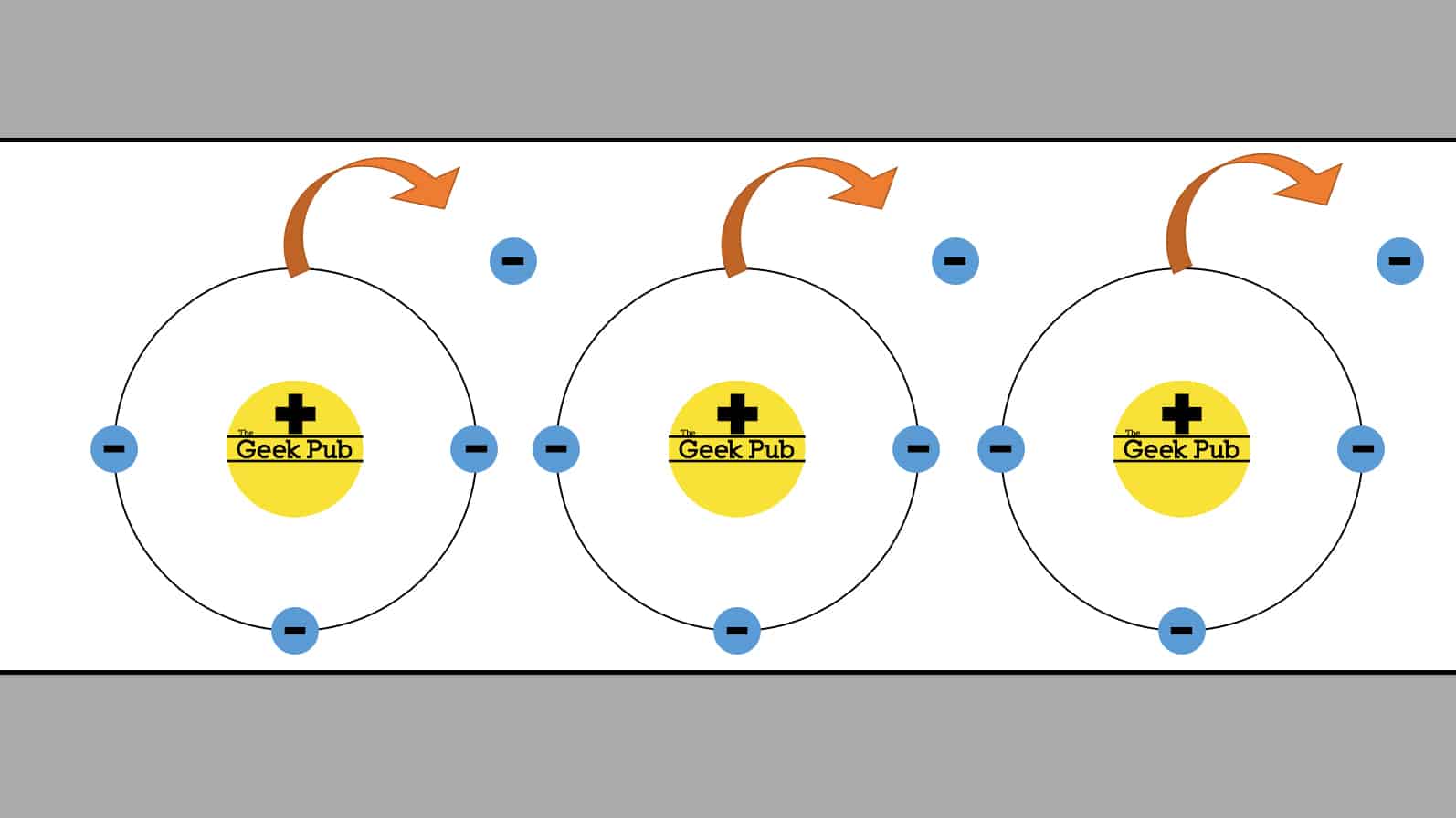
This is new set of tutorials on the basics of electricity. I am often asked some of these questions, and I thought it would a great idea to have a place to share and send people to for the answers. Today we’re going to answer the question “What is current?” It’s a confusing topic and often misunderstood.
What is Current?
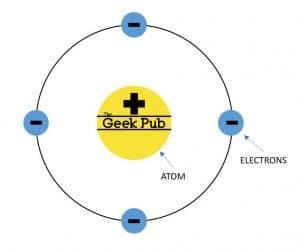 You are most likely already aware that everything around you is made up of particles called atoms. The simplified model of an atom has a positively charged center called the nucleus and negatively charged electrons orbiting around it.
You are most likely already aware that everything around you is made up of particles called atoms. The simplified model of an atom has a positively charged center called the nucleus and negatively charged electrons orbiting around it.
The terms positively charged and negatively charged are arbitrary and the important thing to know is that things with opposite charges attract each other and things with the same charge repel each other.
This means that the positive nucleus of the atom will attract negative electrons, but if the electrons themselves get too close to each other they will push each other away! In most solid materials the atoms and their electrons just sit there and don’t move around. But in metals like copper, the electrons have the ability to move around! You see where this is going?
The positive nuclei stay in the same place, preserving the structure of the metal, but the electrons can move around from atom to atom. Since the negatively charged electrons repel each other, when you move one electron from atom to atom, you will also move other electrons from atom to atom.
Let’s look at a wire full of GeePub atoms! If you push the electrons at one end, the electrons will all push each other around at the same time kind of like a conga line. Even though each electron is only jumping a tiny distance the overall flow of electricity happens close to the speed of light. And that’s basically what the flow of electricity is.
When electrons are flowing through something, you can say that electric current is flowing.
What are Amps?
So now that know what current is, how do we measure it?
You’ve probably heard of the term Amp which is short for Ampere. An ampere refers to the amount of electrons that are flowing per second through something that conducts electricity.
1 ampere is equivalent to 6.24 x 10^18 electrons flowing per second.
You don’t need to memorize that number but you should understand that electrical current refers to the amount of electron flow. And one ampere means that a lot of electrons are flowing. Two amps means that twice that amount of electrons are flowing. I know this is always the reference used, but it works: You can use the analogy of the amount of water flowing through a pipe.
To give you a frame of reference, here are a few examples of different currents you might encounter in your day-to-day life.
| ~Current | Example |
| 1 μA | Current in a small antenna |
| 10 mA | Apple TV remote control |
| 50 mA | Keyboards and mice |
| 1 Amp | Flashlight |
| 3 Amp | Macbook Pro |
| 15 Amp | Vacuum cleaner |
| 600 Amp | Car starter motor |
Understanding Electronic Circuits
As we continue answering the question “What is current?” we should take a minute to learn about circuits. An electric circuit is a closed loop where current can flow around. In the example above of the GeekPub batter and light bulb, electrons can flow from the battery, through the copper wire, through the light and then through another piece of wire to the other side of the battery.
When current is flowing here all the electrons are moving at the same time. The negative terminal of the battery is pushing the negative electrons away… and those electrons are pushing other electrons away… and this keeps happening throughout the circuit… allowing energy to be transferred from the battery to the light.
How Switches Stop Current Flow
If you were to cut one of the wires here you would no longer have a complete circuit. The electrons can’t jump through the air from one wire to another. So if electrons can’t push each other around in a complete loop, no current can flow!
When there’s no current flowing, there can’t be any transfer of energy, so the light stays off. If you didn’t know already, this is how electric switches work. The switch has 2 pieces of metal inside it. When the pieces of metal touch, you get a complete circuit, and the light turns on. When the pieces of metal are pulled apart it becomes an open circuit and the light turns off.
You might be surprised, but fuses also work on this principle. If you have five amperes flowing through a fuse which is rated for 15 amperes everything works fine. But if you suddenly draw 30 amperes, the fuse melts, opens the circuit and prevents any current from flowing until the fuse is replaced. Neat!
Conventional Current vs Current Flow
Now the we know the answer to “What is current?” there’s one more tricky thing about electric current that most people don’t know. There are actually two naming systems for electric current. One is called conventional current and the other is called electron flow. You may have heard that current flows from positive to negative. So you might imagine that with this circuit current is flowing from the positive side the battery towards the negative side of the battery. This system of current flowing from positive to negative is what all electrical engineers use, and it’s called “conventional current”.
Conventional Current is Wrong
Back in the early days when scientists were still figuring out the basics of electricity, they didn’t know whether it was the protons or the electrons that were flowing. They made a guess and thought that current flowed from positive to negative but the reality is that the actual flow of electrons goes from negative to positive. Unfortunately every single formula that we use in electronics is based around the mistake of assuming that current flows from positive to negative.
The good news is that the formulas are consistent and whenever we do any math in electrical engineering we use the system of conventional current and it works. So you can just pretend that electrons are moving from positive to negative even though that’s backwards to reality.
Amperes, it’s just the flow of electrons! Want to learn more? Keep reading and learn about voltage!


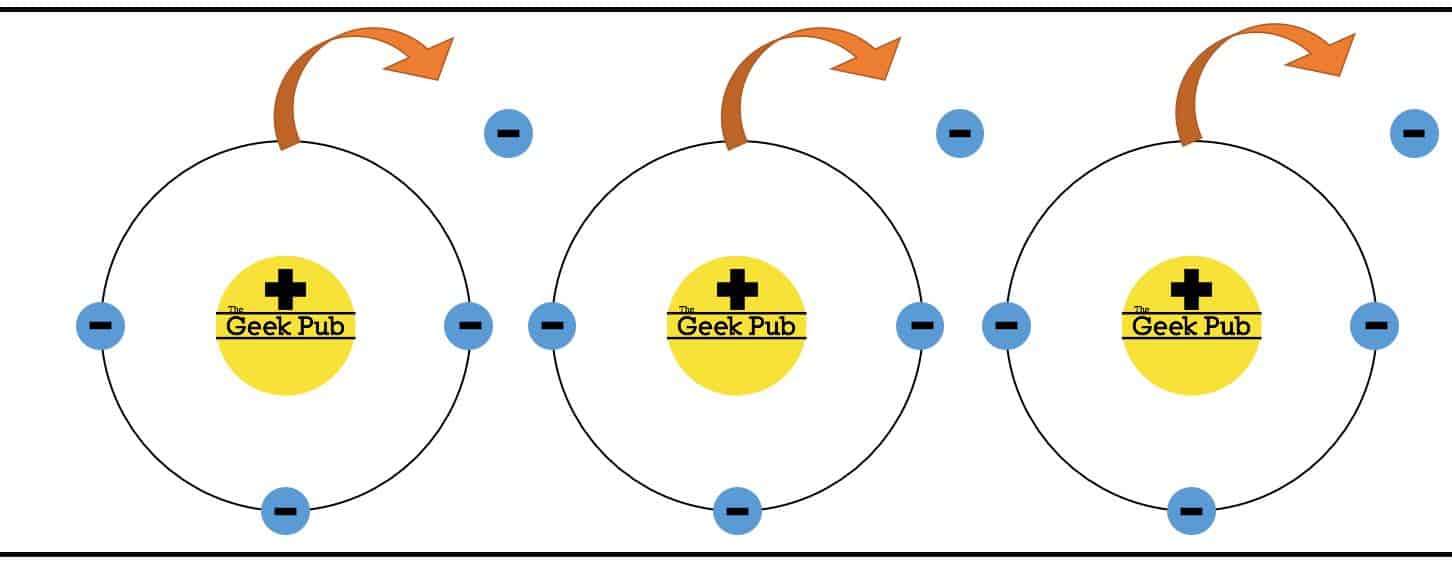
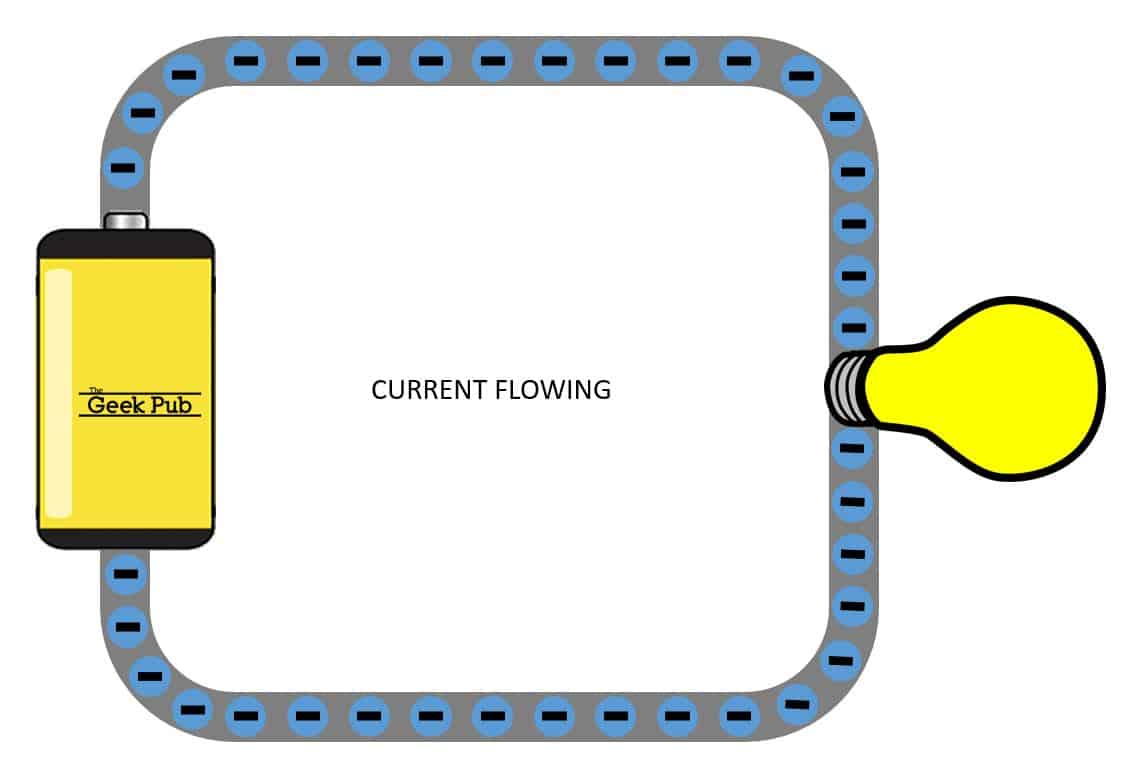
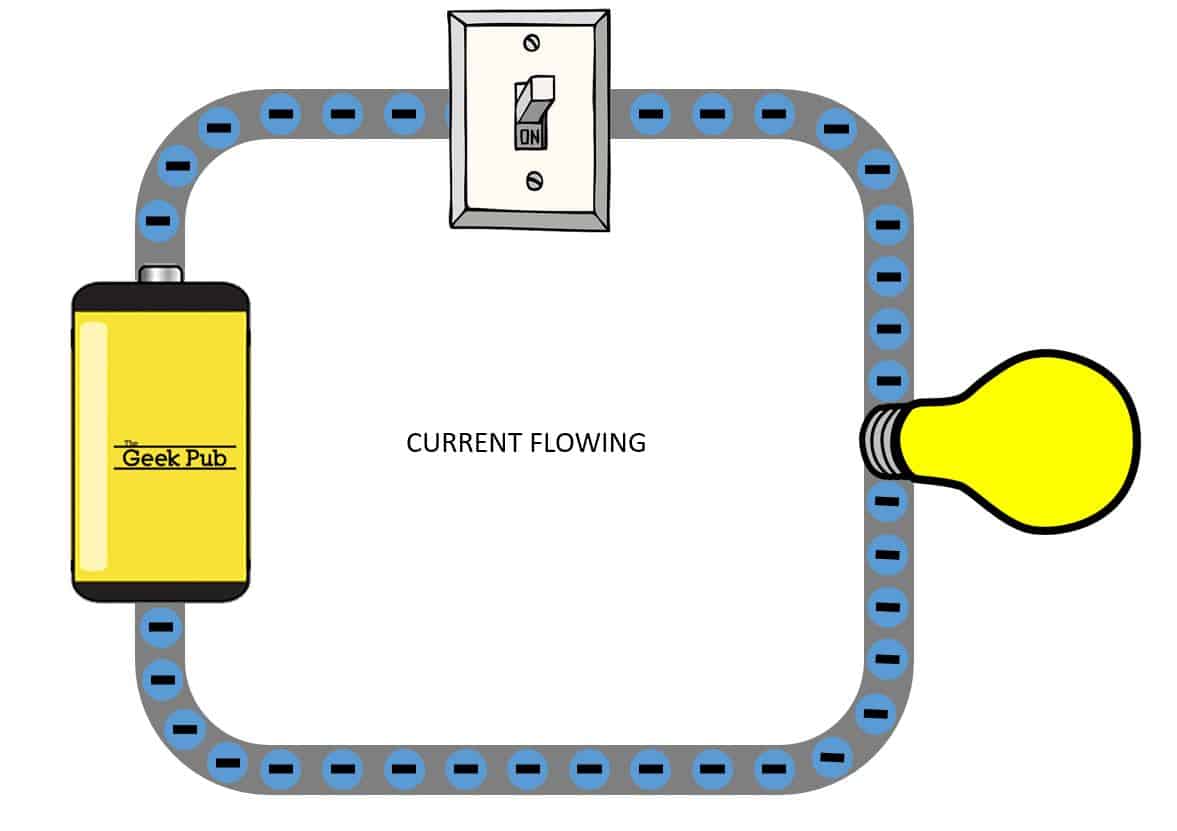
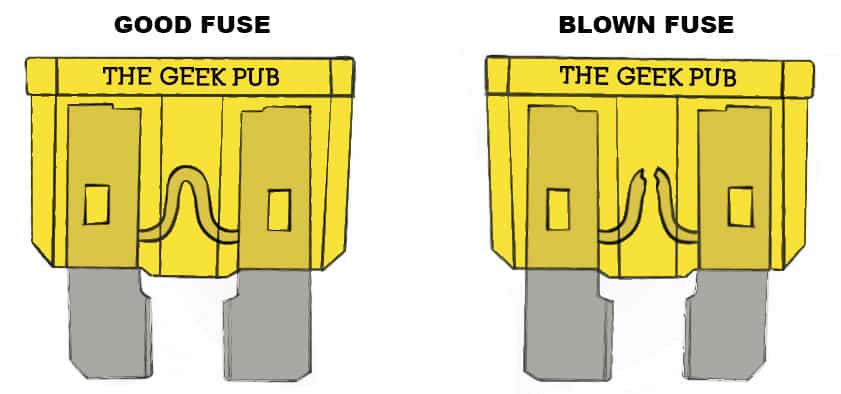


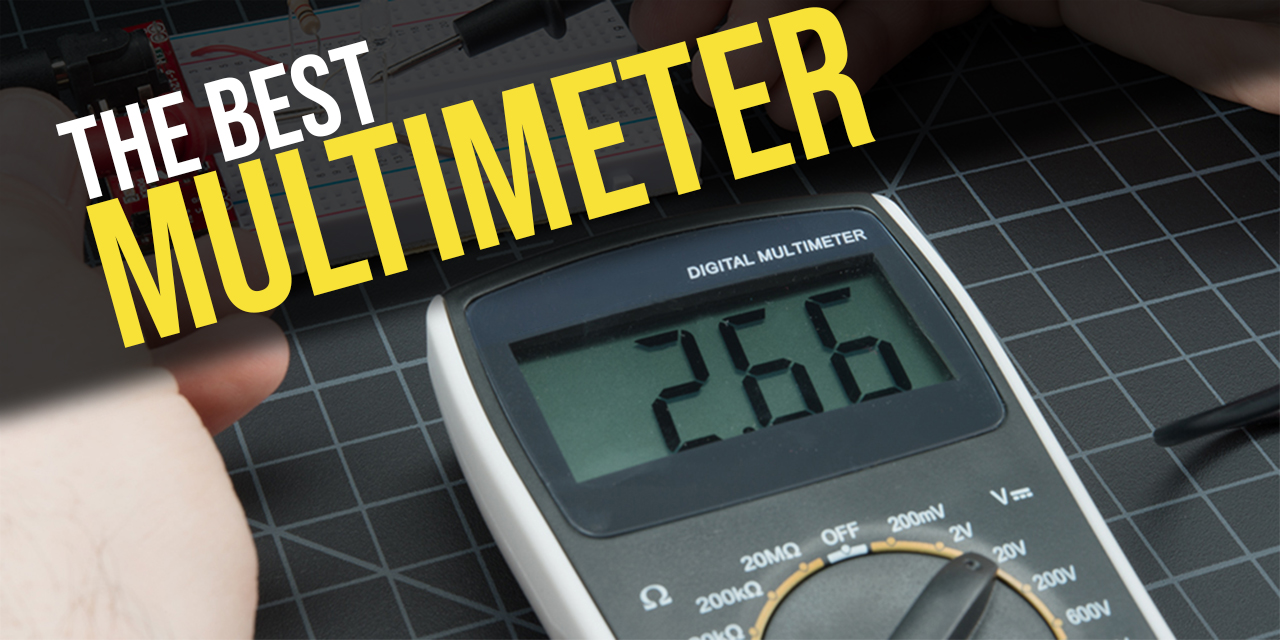

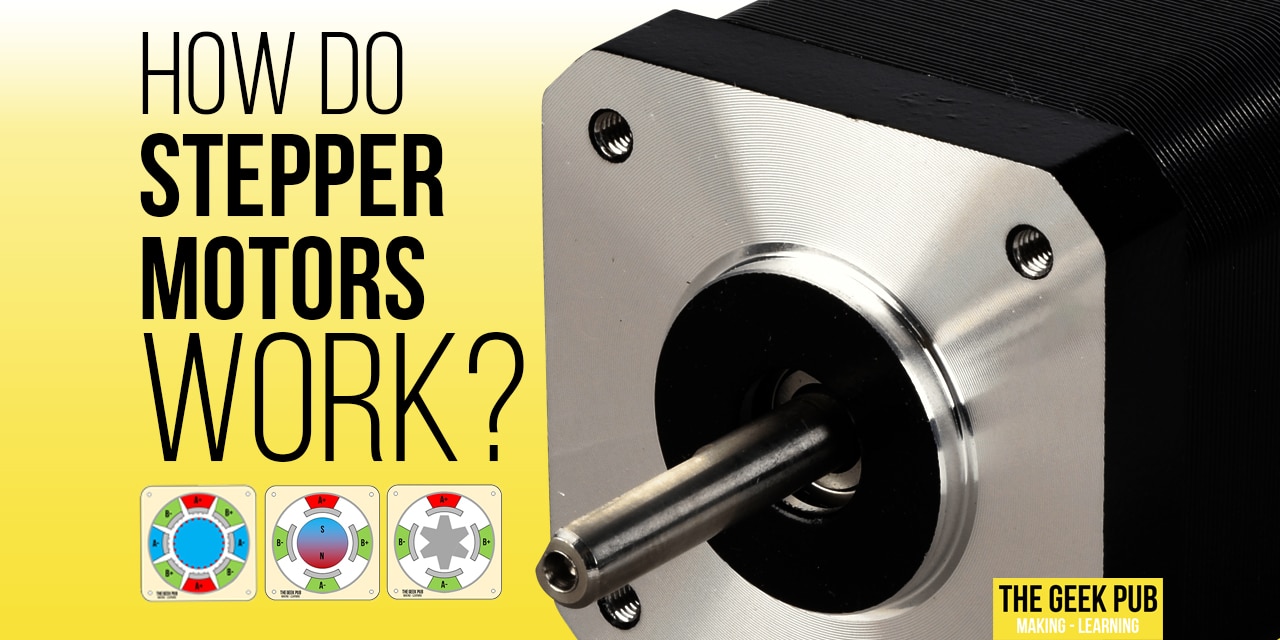
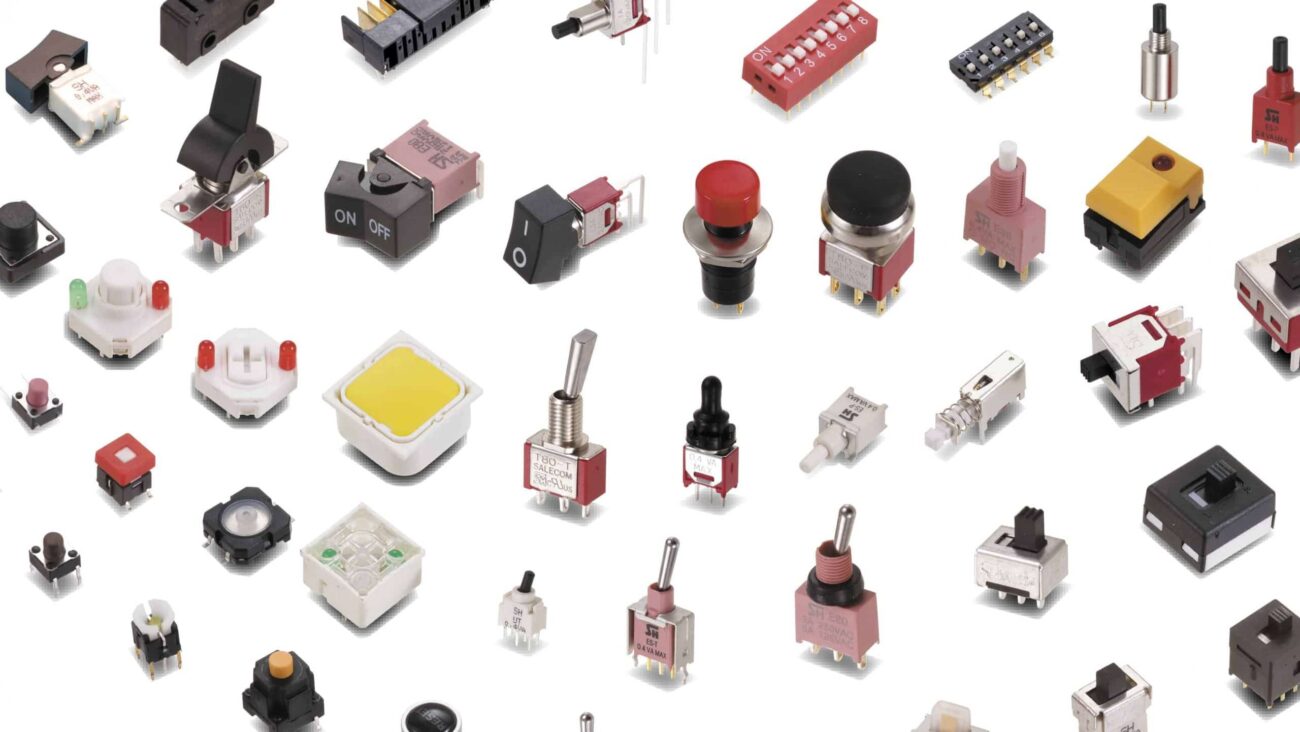
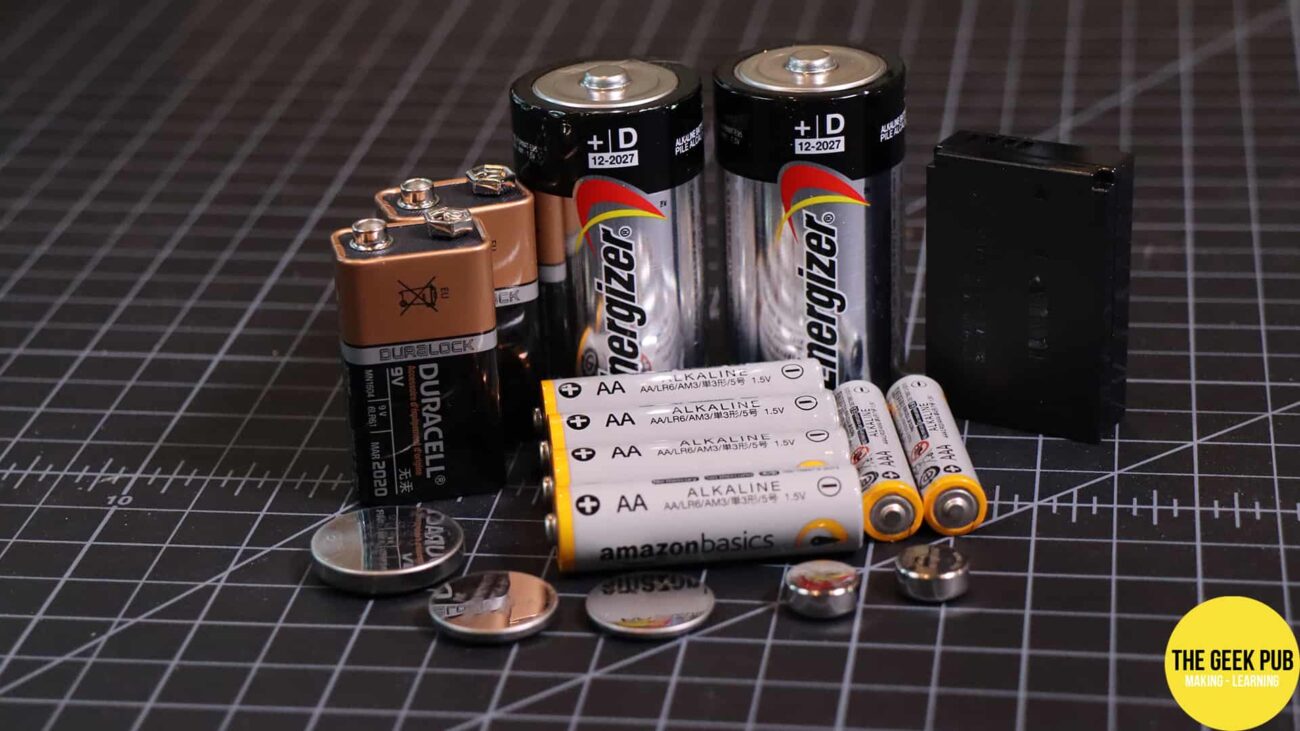
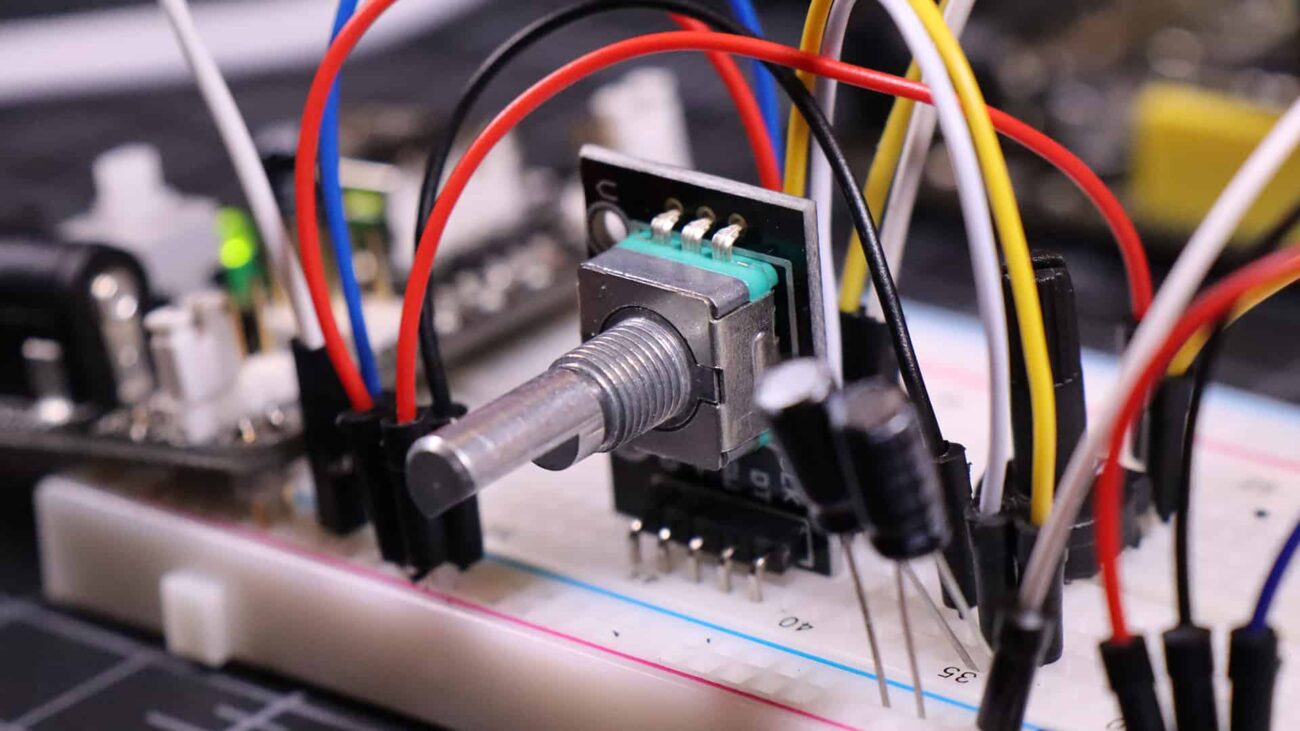
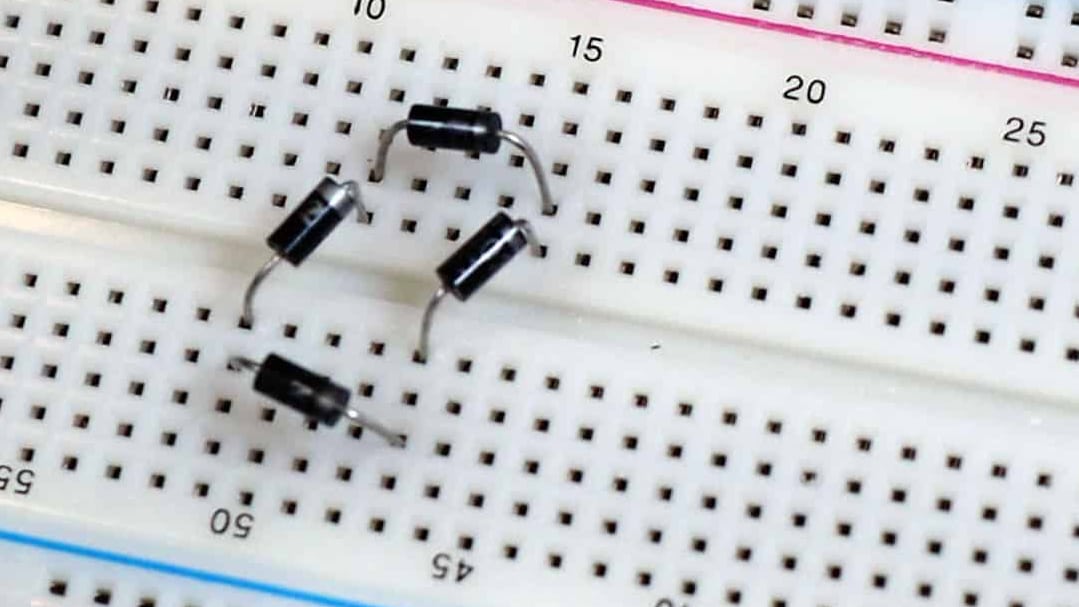
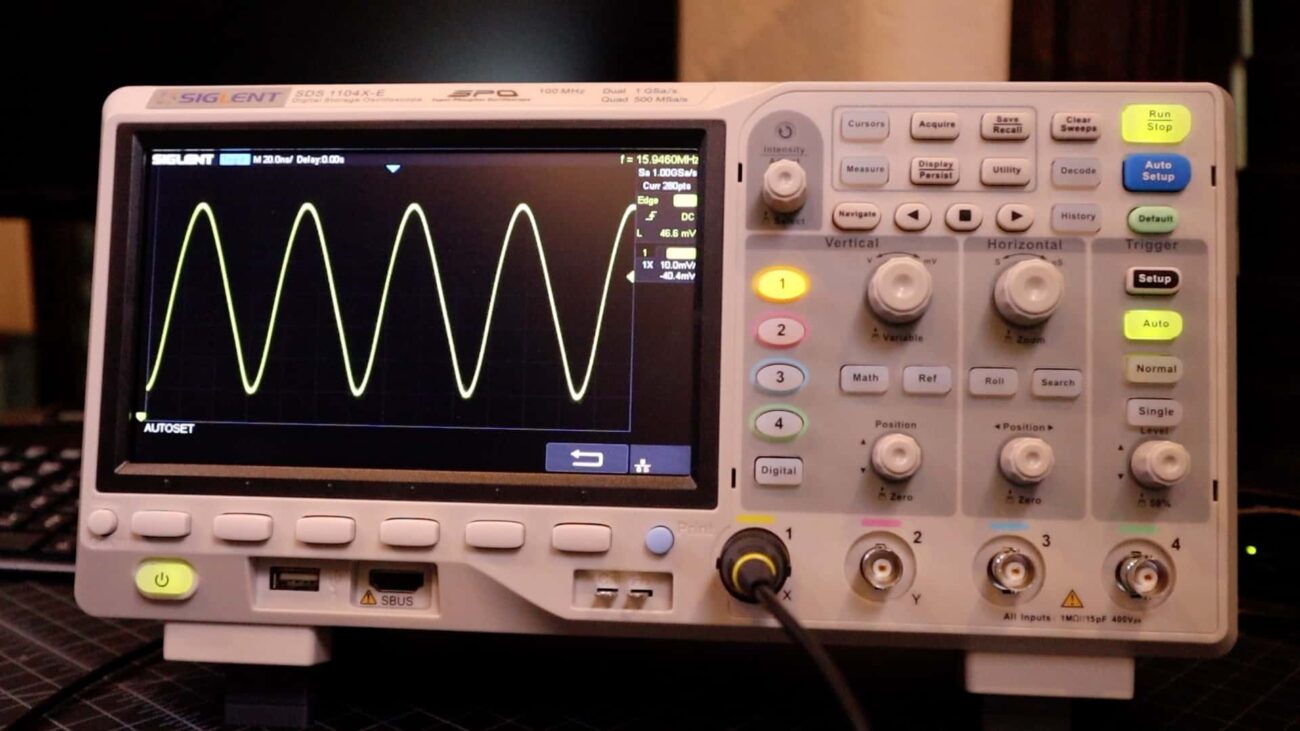
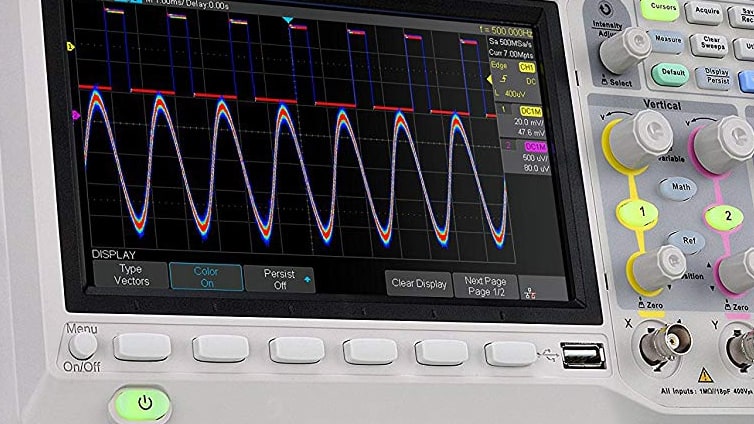
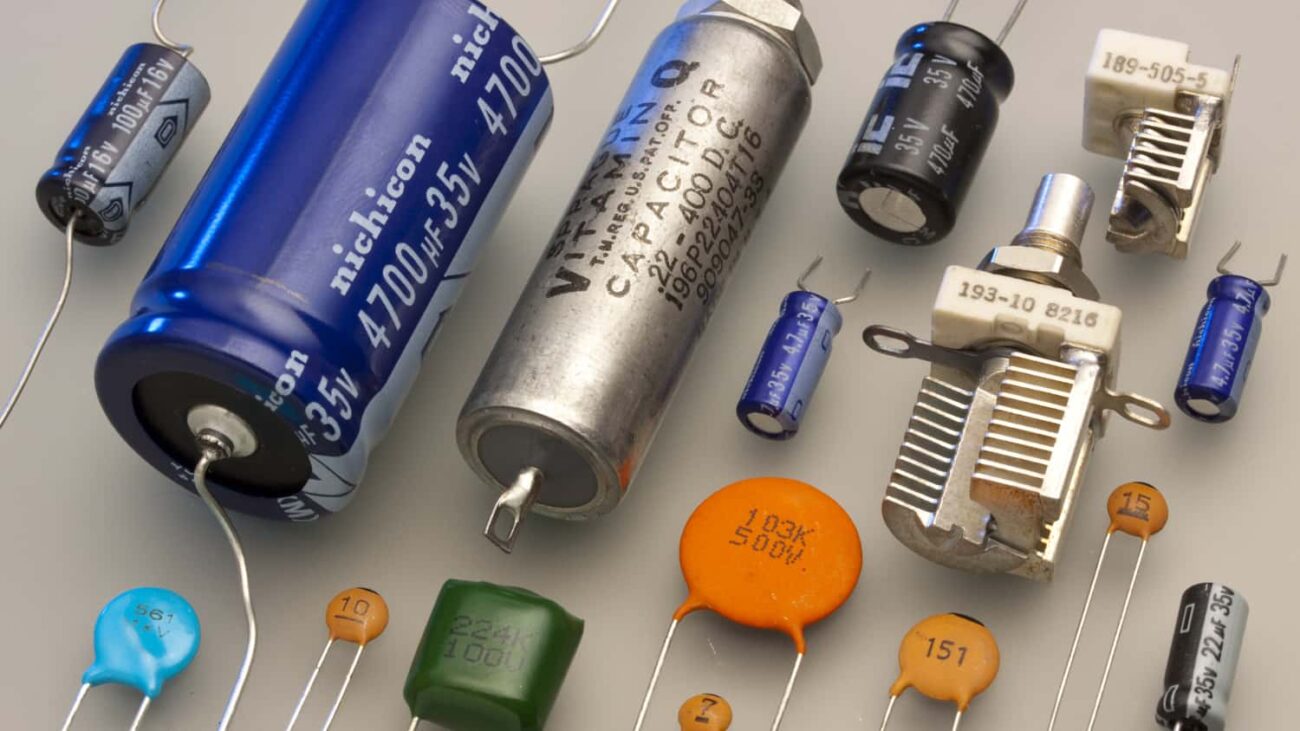
5
5
0.5